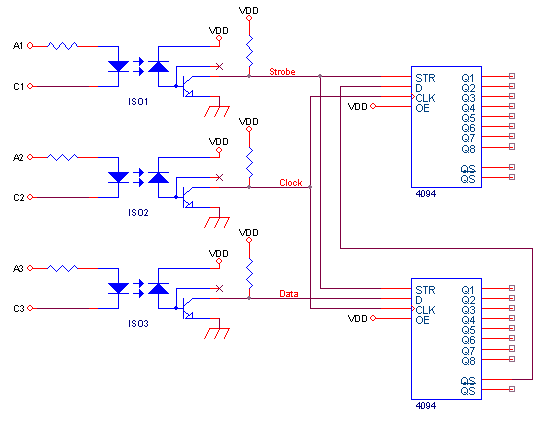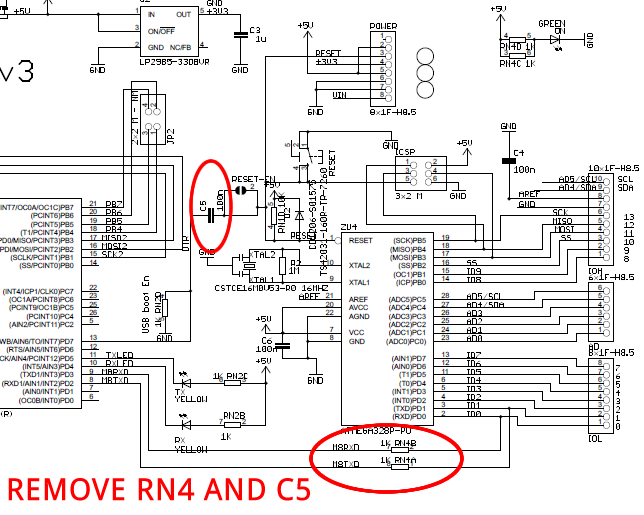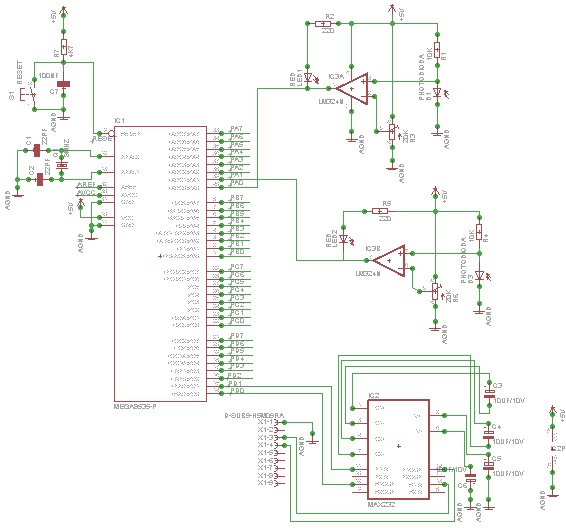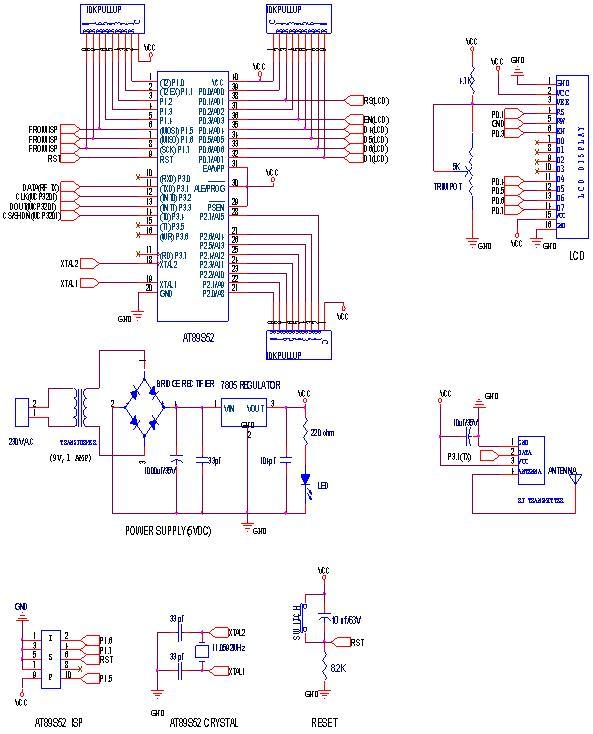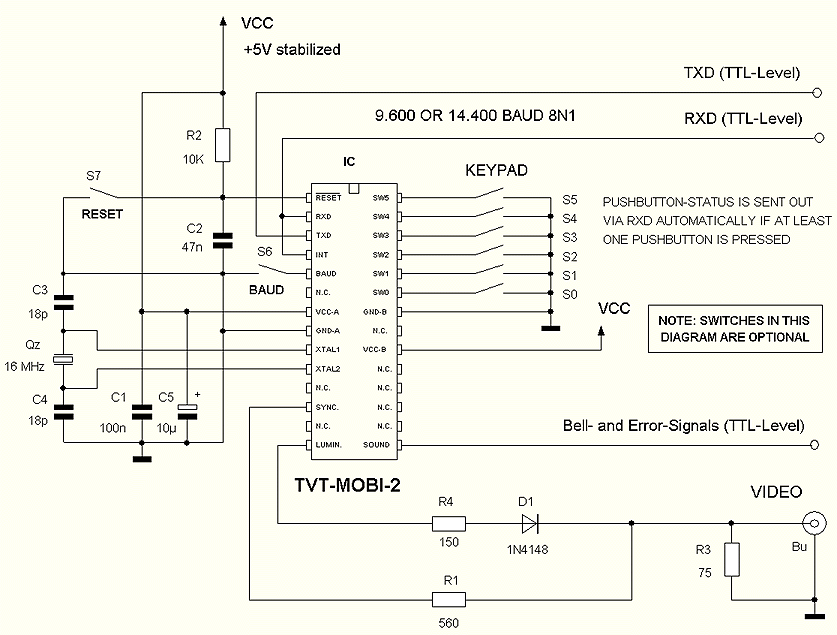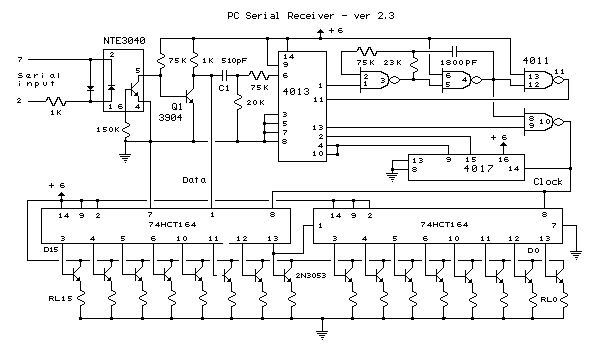
serial communication introduction
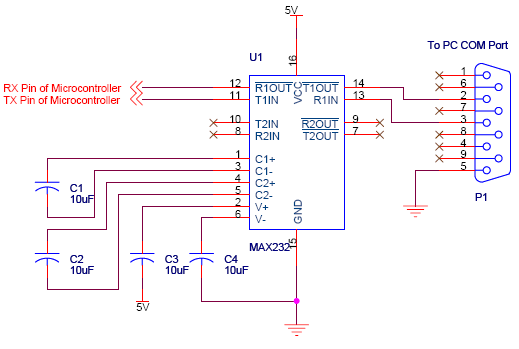
Serial communication using UART or USART of a microcontroller 8051 AVR PIC, software implementation of half-duplex UART and MAX232 interfacing with microcontrollers 8051 AVR PIC.
The described system focuses on implementing serial communication via UART (Universal Asynchronous Receiver-Transmitter) or USART (Universal Synchronous/Asynchronous Receiver-Transmitter) protocols, utilizing microcontrollers such as the 8051, AVR, and PIC families. This implementation involves the software development of a half-duplex UART communication system, which allows data transmission in both directions but not simultaneously.
The MAX232 integrated circuit plays a crucial role in this setup, serving as a level shifter that converts the TTL (Transistor-Transistor Logic) voltage levels from the microcontroller to the RS-232 voltage levels required for serial communication with other devices. The MAX232 can drive two RS-232 ports, translating the logic levels to ensure compatibility with standard serial communication devices.
In the half-duplex configuration, the microcontroller is programmed to alternate between transmitting and receiving modes. This can be achieved through careful control of the UART registers and the implementation of software routines that manage the timing and flow of data. The microcontroller's UART module must be initialized with the correct baud rate, data bits, stop bits, and parity settings to ensure reliable communication.
In practical applications, the circuit typically includes a microcontroller connected to the MAX232, which is in turn connected to a serial port or another microcontroller. Capacitors are required for the MAX232 to function correctly, as they are used for charge pumping to generate the necessary voltage levels. The design can be enhanced with additional features such as error checking and flow control to improve data integrity and communication reliability.
Overall, this system provides a robust solution for serial communication in embedded applications, leveraging the capabilities of various microcontroller architectures to facilitate effective data transfer.Serial communication using UART or USART of a microcontroller 8051 AVR PIC, software implementation of half-duples UART and MAX232 interfacing with microcontrollers 8051 AVR PIC.. 🔗 External reference
The described system focuses on implementing serial communication via UART (Universal Asynchronous Receiver-Transmitter) or USART (Universal Synchronous/Asynchronous Receiver-Transmitter) protocols, utilizing microcontrollers such as the 8051, AVR, and PIC families. This implementation involves the software development of a half-duplex UART communication system, which allows data transmission in both directions but not simultaneously.
The MAX232 integrated circuit plays a crucial role in this setup, serving as a level shifter that converts the TTL (Transistor-Transistor Logic) voltage levels from the microcontroller to the RS-232 voltage levels required for serial communication with other devices. The MAX232 can drive two RS-232 ports, translating the logic levels to ensure compatibility with standard serial communication devices.
In the half-duplex configuration, the microcontroller is programmed to alternate between transmitting and receiving modes. This can be achieved through careful control of the UART registers and the implementation of software routines that manage the timing and flow of data. The microcontroller's UART module must be initialized with the correct baud rate, data bits, stop bits, and parity settings to ensure reliable communication.
In practical applications, the circuit typically includes a microcontroller connected to the MAX232, which is in turn connected to a serial port or another microcontroller. Capacitors are required for the MAX232 to function correctly, as they are used for charge pumping to generate the necessary voltage levels. The design can be enhanced with additional features such as error checking and flow control to improve data integrity and communication reliability.
Overall, this system provides a robust solution for serial communication in embedded applications, leveraging the capabilities of various microcontroller architectures to facilitate effective data transfer.Serial communication using UART or USART of a microcontroller 8051 AVR PIC, software implementation of half-duples UART and MAX232 interfacing with microcontrollers 8051 AVR PIC.. 🔗 External reference
